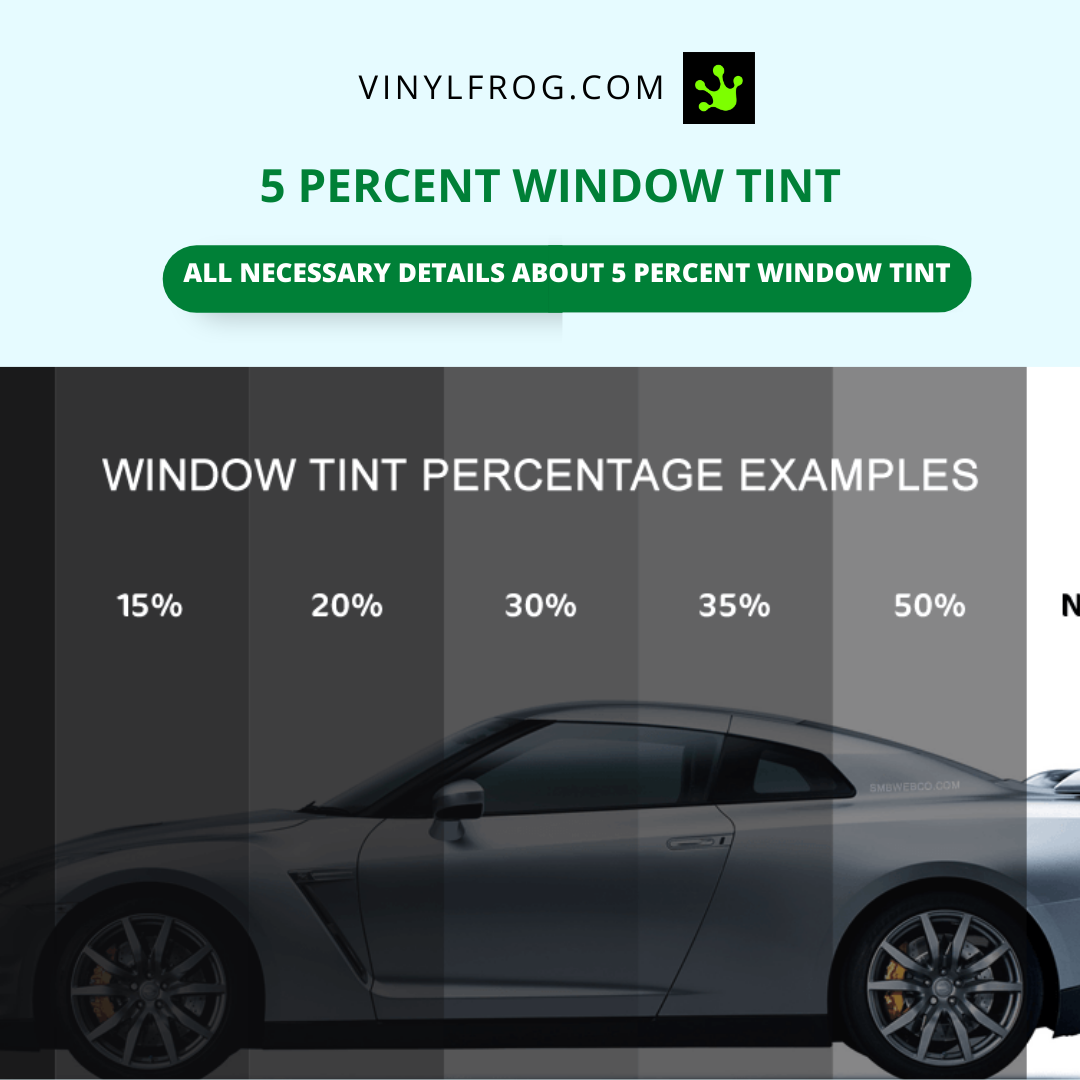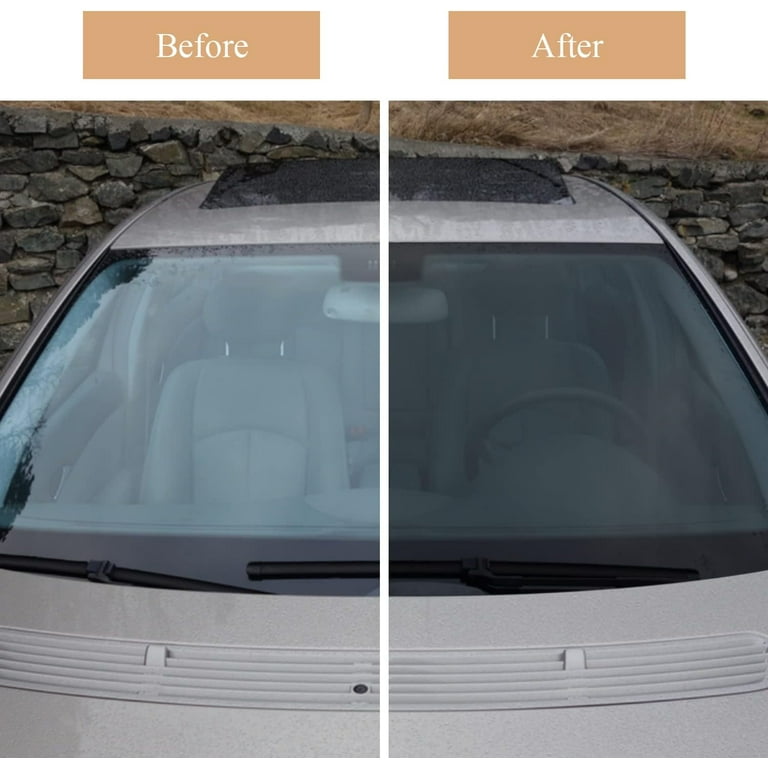Home Window Tinting Rules and Guidelines: What You Need to Know Before Tinting Your Automobile
Before continuing with window tinting for your vehicle, it is vital to familiarize on your own with the varied legislations and guidelines that control this practice across various states. These laws dictate the permitted levels of tint darkness, frequently measured by visible light transmission (VLT) portions, and include specific specifications for front windscreens intended at making certain road security.
Summary of Home Window Tinting Laws
Home window tinting legislations are regularly based on variation throughout different territories, reflecting local policies and security factors to consider. These legislations determine the acceptable levels of tint darkness and reflectiveness on car windows, guaranteeing that chauffeurs preserve adequate presence while likewise protecting versus hazardous UV rays and warm.
Many laws categorize window tinting based on the Visible Light Transmission (VLT) portion, which suggests the quantity of light that can pass through the home window. Usually, reduced VLT percentages represent darker tints. Legislations frequently distinguish between the front, side, and back windows, with more stringent limitations put on the front windshield to boost security for both the motorist and other road users.
Additionally, some territories enforce constraints on the reflectivity of the tint, protecting against too much glare that could hinder visibility. Exceptions to these laws may exist for people with certain clinical conditions requiring extra sun protection. Conformity with home window tinting policies is vital, as violations can cause penalties, obligatory elimination of the tint, and potential increases in insurance policy premiums. Therefore, it is crucial for automobile owners to familiarize themselves with local regulations prior to continuing with window tinting installations.
State-by-State Color Rules
Understanding the particular window tinting policies in each state is crucial for car proprietors looking for to abide by the regulation. Each state in the united state has actually established its own collection of regulations governing window tinting, which can differ significantly. These policies usually determine the permitted levels of color darkness, the kinds of windows that can be tinted, and any clinical exemptions that might apply.
For example, states like California have rigid limitations on tint darkness for front home windows, while others, such as New Mexico, might permit darker colors. In addition, certain states mandate specific visibility percentages for different windows, consisting of the windscreen, front side windows, and rear windows. It is crucial for cars and truck proprietors to familiarize themselves with their state's laws to prevent prospective fines or penalties.
Furthermore, some states might need a certification sticker to be put on tinted home windows, showing compliance with state regulations. Failure to comply with these guidelines not only runs the risk of lawful repercussions but can likewise impact safety and security and exposure while driving. Therefore, lorry owners should perform detailed research study or consult neighborhood authorities to make sure full understanding and conformity with state-by-state tint guidelines.
Allowed Tint Degrees and Kinds
Several lorry proprietors may be shocked to learn that enabled color degrees and kinds differ widely throughout various states. Each state has actually developed its very own policies regarding the permitted darkness and reflectivity of home window color, typically gauged by Visible Light Transmission (VLT) percents. VLT describes the amount of light that can travel through the colored home windows; therefore, a reduced portion shows a darker tint.

Additionally, the kinds of tint products enabled can differ, with some states restricting metallic or mirror-like surfaces. It is crucial for automobile owners to acquaint themselves with their state's details regulations to guarantee conformity. Non-compliance can cause fines, obligatory removal of the tint, or various other lawful consequences, making it necessary to recognize these regulations before waging setup.
Medical Exemptions for Tinting
While not all states give allocations for clinical exemptions regarding home window tinting, those that do acknowledge the requirement for details people to imp source enhance presence and convenience because of medical conditions. Different medical problems, such as lupus, skin cancer cells, and particular eye problems, can provide people especially conscious sunshine. These people may call for darker tints to shield themselves from dangerous UV rays and glow.

It is important to note that also with a clinical exemption, there might still be limitations on the level of color permitted. Compliance with state regulations guarantees that individuals are both secured and within lawful limitations. Those considering clinical exemptions need to call their local Department of Electric motor Vehicles or comparable authority to comprehend the treatments and needs essential to make an application for an exception efficiently.
Penalties for Non-Compliance
Stopping working to abide by home window tinting regulations can lead to significant charges, which vary by state. Regulation enforcement companies are equipped to provide citations for automobiles that do not abide by the specified tinting policies. These charges generally include fines, which can range from modest amounts to a number of hundred bucks, relying on the severity of the violation and the state concerned.
In some jurisdictions, duplicated offenses might cause rising penalties or added fines, such as required court looks. In addition, non-compliance might More about the author require the removal of unlawful tinting, often at the proprietor's expenditure. In severe situations, regular transgressors may face suspension of their car registration up until compliance is attained.
Furthermore, insurance coverage ramifications might develop from receiving multiple citations for window tint offenses. Insurers might view such violations as an indicator of riskier actions, potentially bring about raised costs or trouble in insurance coverage.
To stay clear of these fines, it is crucial for lorry owners to familiarize themselves with their regional window tinting legislations and guarantee that their vehicle complies (Window Tinting). This aggressive strategy not only stays clear of legal ramifications yet additionally advertises road safety
Verdict

A lot of regulations categorize home window tinting based on the Visible Light Transmission (VLT) percentage, which indicates the amount of light that can pass via the home window. Conformity with home window tinting laws is crucial, as offenses can result in fines, mandatory removal of the tint, and prospective rises in insurance premiums.Comprehending the certain window tinting regulations in each state is essential for vehicle proprietors looking for to comply with the law. These guidelines commonly dictate the allowable levels of color darkness, the types of home windows that can be tinted, and any kind of clinical exemptions that might apply.
For instance, states like California have strict limitations on tint darkness for front home windows, while others, such as New Mexico, may permit darker colors.